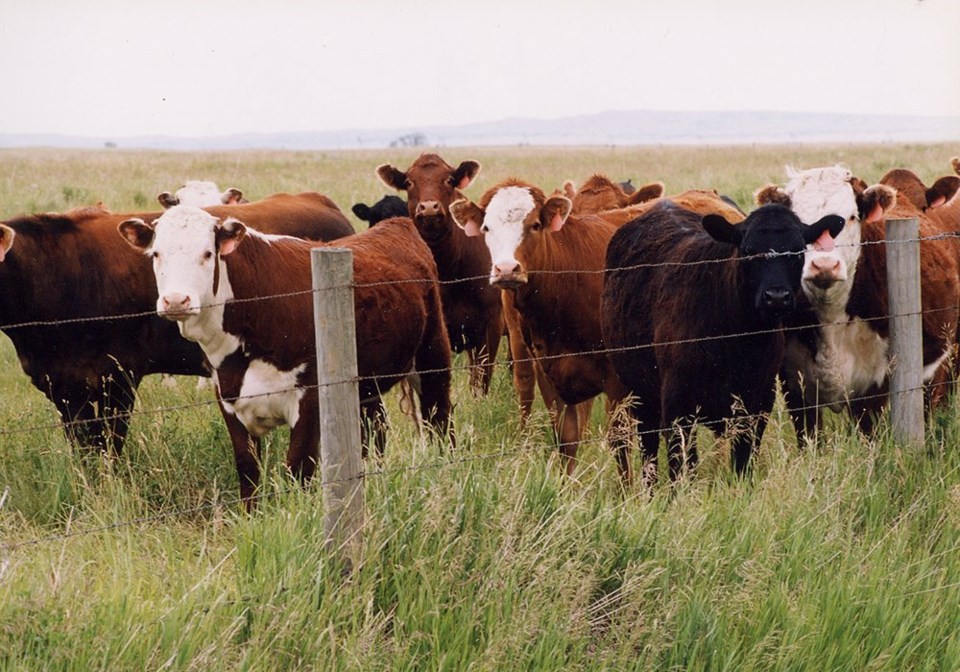Animal activists will collaborate with other activist camps if it serves their underlying goals. The 2022 United Nations Climate Change Conference (COP27) has given them an opportunity to piggyback with environmental groups to push an anti-food-animal message, the better to garner media attention.
World Animal Protection jumped on the event-based bandwagon to offer new math on how much carbon dioxide is released by Canadian agriculture. Rather than focusing on its usual anti-animal agriculture target, the activist group used the pre-COP27 week to launch an attack on Canadian emissions from farming. It said Canada would be doing well with its carbon reduction plans except that it has omitted one-third of its emissions from the generally accepted estimated total. The group’s new results say Canadian agriculture emissions total 90 million tonnes of carbon dioxide equivalent, not 60 million tonnes, and that makes Canada a bad environmental actor.
Golly, how did all Canadian and global climate experts miss that?
Canada uses the same standards as the rest of the world when it comes to adding up GHGs. WAP says Canada has been hiding its true agricultural numbers under industrial reports.
“Canada’s reporting of its agriculture-related emissions is not comprehensive, with some of the emissions being classified under other industry sectors, including emissions from feed production, fertilizer production and fertilizer use, which are reported under ‘heavy industry’,” it claims.
Vancouver environmental research firm Navius did the modeling on behalf of WAP. The study initially appeared last summer as an examination into Canada’s GHG emissions if all Canadians moved to a plant-based diet. It suggested Canada has not properly accounted for animal agriculture’s portion of fertilizer production and use or the environmental costs of livestock feed production.
In WAP’s commissioned research by Navius, the anti-livestock group hopes to provide more reasons why people shouldn’t eat meat and it blames farmers and the food industry for preventing Canada from fulfilling its rightful place as a global carbon reduction leader.
Let’s look at reality.
Critical pieces of the very complex math surrounding GHG emissions are based on standard Canadian production. The complete report from Navius contains insight into agricultural carbon release in Canada, including what can be done with manure use for energy production and the use of feed additives. That isn’t part of WAP’s narrative, likely because it isn’t interested in actual GHG reductions. Its mission is to end animal agriculture.
Accounting standards for GHG emissions are global, with boundaries around various parts of the economy. Emissions are accounted for in Canada’s total and credited appropriately.
The WAP version doesn’t consider that more than 60 million acres of wild and tame pasture might not be left to become a natural grassland if livestock are removed, or that they might not remain as the great carbon sequesterers they are today. It is more likely that the owners of those acres will convert marginal land into less efficient cropland, with the attendant emissions.
Further, if Canadians stopped eating meat, it would have little effect on overall livestock production because industry focus would simply shift to export markets. Other countries would also fill any gaps from reduced volume here.
The study commissioned by World Animal Protection was designed to tell a tale that capitalizes on global concern for the environment by inflating numbers. But its goal is the same as always: end animal agriculture. Nothing more, nothing less. Consider it in that context.
Karen Briere, Bruce Dyck, Barb Glen and Mike Raine collaborate in the writing of Western Producer editorials.




